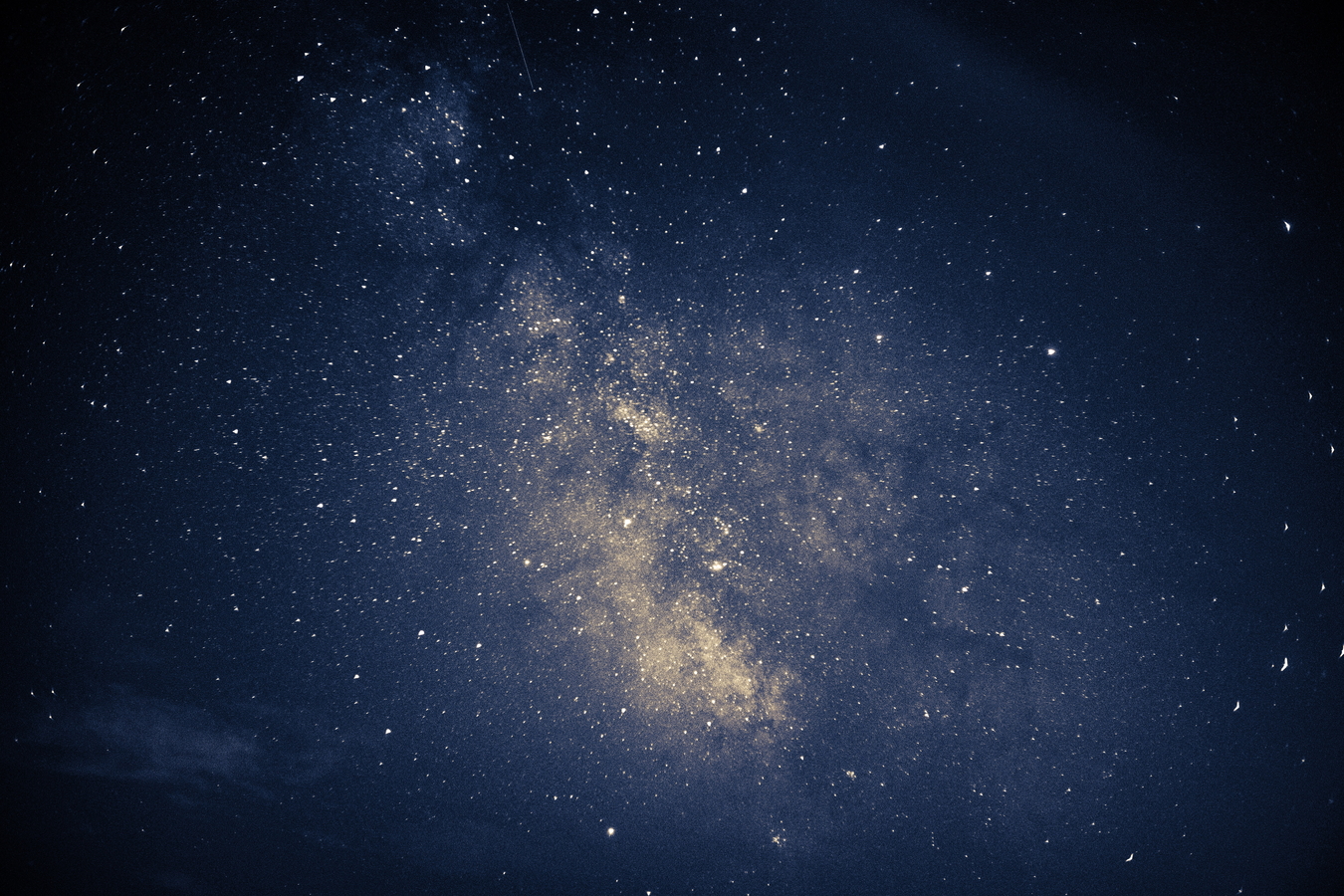Overview
With the growing database of NIRSpec observations at z>7, we are beginning to investigate not only how reionization happened in time, but also how it progressed spatially in the early universe. Using a large sample of galaxies with publicly available NIRSpec observations, I characterize the redshift evolution of Ly alpha visibility. I then assess the impact of the environment on Ly alpha visibility at z>7, finding evidence for enhanced Ly-alpha transmission in galaxy overdensities. I show the extreme case of the EGS field, highlighting the abundant z>7 Ly alpha detections and new evidence for extended overdense structures. This suggests that the formation of large ionized bubbles is already underway at these redshifts. Based on these results, I discuss the likelihood of observing Ly alpha at z>10, and what the recent detection at z=13 tells us about reionization at such an early cosmic time.
